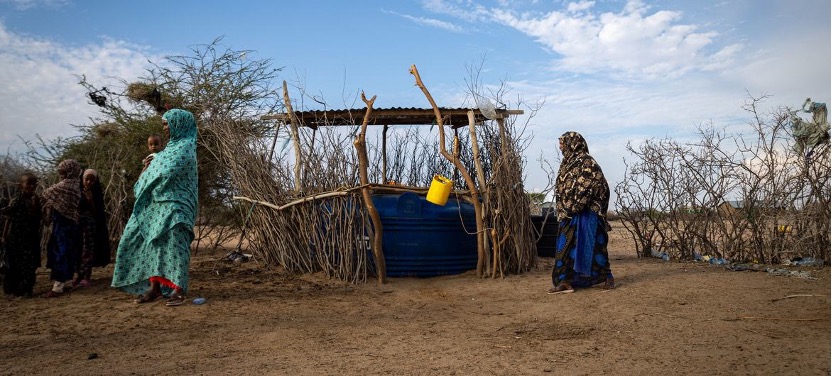| By Linyi Zheng |
On November 8, 2023, the World Meteorological Organization (WMO) announced that the El Niño weather pattern is expected to have a 90% chance to persist throughout the Northern Hemisphere winter until April 2024.
El Niño is a climatic event characterized by the warming of ocean surface temperatures in the eastern and central Pacific. This phenomenon has been known to trigger extreme weather, including wildfires, tropical cyclones, and prolonged droughts. The resulting disasters have impacted regions across the globe and are expected to pose a heightened risk for emerging markets. These regions are particularly vulnerable to volatile food and energy prices, which can exacerbate the effects of El Niño.
In the same statement, WMO reported that the year 2023 is projected to be the hottest on record. This latest forecast comes on the heels of the previous record year, 2016, which was marked by an unusually strong El Nino as well as the effects of global warming induced by the burning of fossil fuels.
Numerous countries and institutions have made preparations for the current El Nino cycle. The Reserve Bank of India has declared its intention to closely monitor the weather situation. In March, Peru unveiled its plan to allocate over $1 billion this year to combat climate change.
The WMO’s findings serve as a sobering reminder of the urgent need to address the root causes of climate change and underscore the importance of implementing meaningful solutions to mitigate its impacts.
Photo Credit: UNEP



